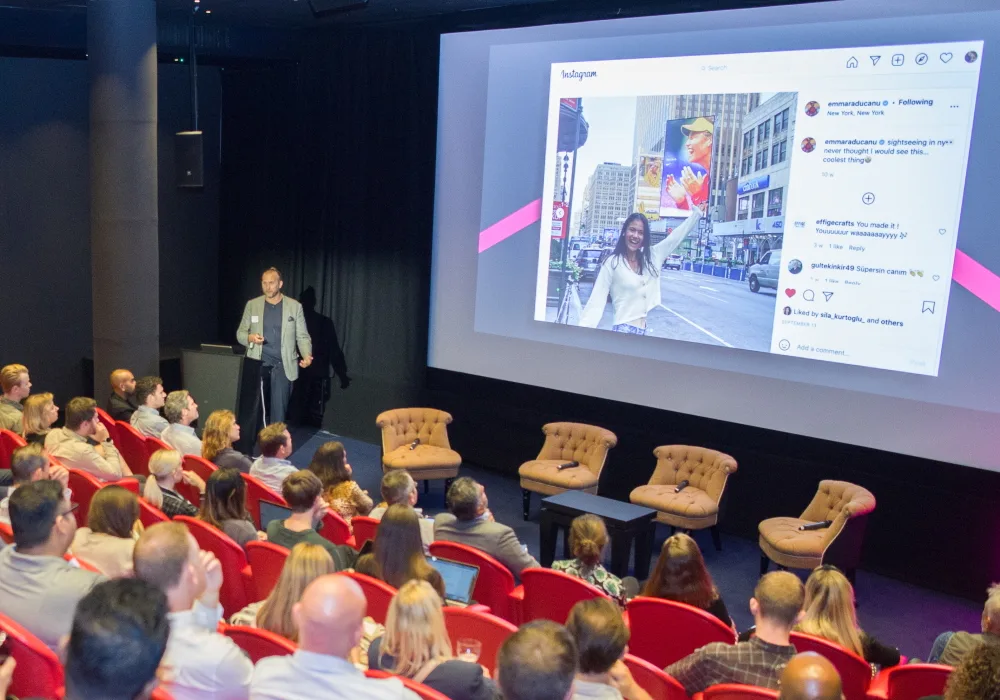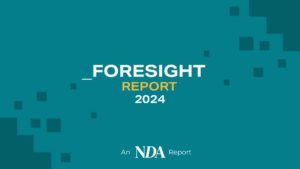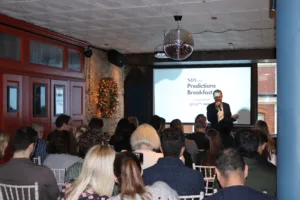Within the world of online advertising, programmatic is already by far the leading way that advertising is bought. In fact, around 70% of online ad spend is now traded via some form of automation.
On the other end of the spectrum, the use of programmatic is very much emerging within the digital out-of-home (DOOH) space. Despite 64% of the UK’s £901 million in OOH advertising revenue coming via digital, just 3% of that spend came through programmatic.
To discuss this, and how the DOOH industry is moving toward more widespread adoption of programmatic, independent programmatic DOOH ad tech company Hivestack held its inaugural UK summit – titled How OOH is moving towards a programmatic future – in London’s Soho.
“If you look at close friends on online and digital radio, about 70% of their digital spend is now programmatic. It’s taken six or seven years to get there. So, that’s what we’re going to be looking at. There’s a big gap there, but we are growing in the right direction. My call to arms is that we aim for a 10% share of digital ad spend by the middle of next year. Yes, this is ambitious, but it’s definitely achievable,” Hivestack’s VP Sales, UK, Lee Cutter, challenged the audience in his opening address.
Cutter then shared the 10 reasons that Hivestack believes DOOH is on course to reach the ambitious target, including the infrastructure that’s in place; Hivestack’s work to educate agencies, clients, and media owners about the virtues of programmatic in DOOH; the shift to audience buying; the brand and performance metrics now available; the flexibility that programmatic provides; the use of real-time data triggers; how programmatic enables DOOH to fit into an omnichannel strategy; the global nature of OOH; how social media and OOH naturally match; and the ability to adapt audio-off video to DOOH.
“If we get these right and we achieve that, we will all benefit and we’ll see the market grow and flourish. The rising tide floats all the boats.” Cutter added, before introducing the morning’s first panel.
The journey to a programmatic future
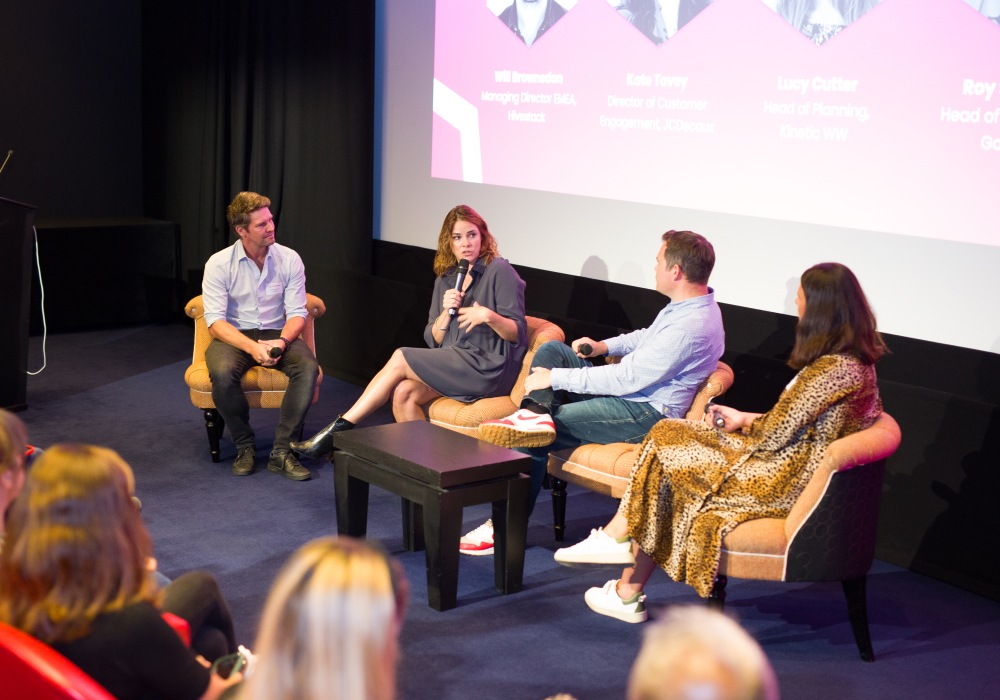
Hosted by William Brownsdon, Managing Director EMEA at Hivestack, the first panel looked at How is OOH dealing with a shift towards audience planning and programmatic?
When asked whether programmatic DOOH should fall under the OOH specialism or the programmatic specialism, Roy Shepherd, Head of Out of Home at Goodstuff, was adamant that it should be viewed as a “vehicle to access out-of-home in new and relevant ways”.
“There are real challenges to using programmatic DOOH if you don’t have a lot of experience within the out-of-home environment,” he continued. “There is only so much you can learn about out-of-home through a screen. You need to have experience in the field and understand it in that way. So, underpinning all routes to out-of-home, and how you build effective out-of-home campaigns, depends on your level of experience.”
Wherever programmatic DOOH sits, Kate Tovey, Director of Customer Engagement at JCDecaux was keen to highlight the importance of educating everybody around programmatic DOOH and where it sits in the wider spectrum of routes to market in OOH. She said: “We’ve got to be bringing and upskilling everybody, so that we aren’t making it difficult to enter this marketplace. I feel quite strongly that we need to make it as easy as possible to buy out-of-home, in whichever way meets the brief and responds to the objectives. And that may not always be programmatic.”
Meanwhile, Lucy Cutter, Head of Planning at Kinetic WW advised that, alongside providing that education, “finding the right client” is critical if you’re looking to get more involved within programmatic DOOH.
“Find a client, be brave, work with them on their brief, and look at how all of the channels can work together,” she said, adding that it’s also key that you look to upskill yourself, build a network, and find someone who you can ask any and all questions to.
Mr. Worldwide
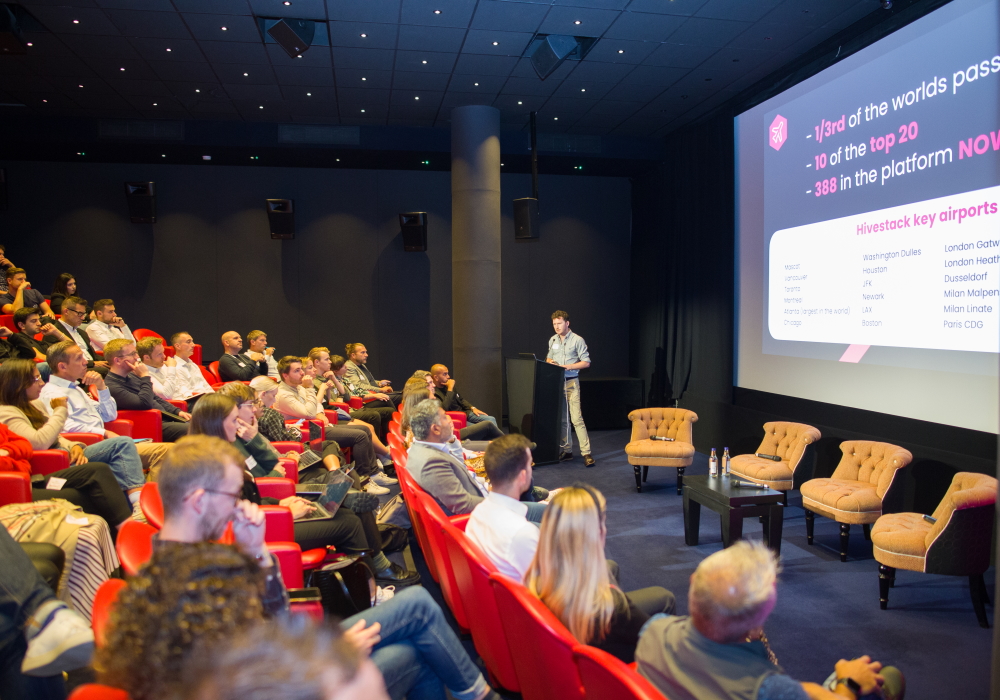
The next session featured a presentation from Greg West, International Sales Director at Hivestack, looking at Digital Out of Home as a global platform.
The presentation highlighted the global opportunities that programmatic brings to DOOH, sharing the benefits of embracing automation for both advertisers and media owners. He claimed that “we’re in a position where programmatic is going to push forward the [DOOH] spending across the world.”
“Programmatic technology will allow that incremental accessibility, so you’ll be able to access as much as you can, and as much as you want, easily from a single touchpoint,” West continued.
West also introduced the audience to Hivestack’s growing airport proposition around the world, showing how Hivestack has become the largest source of DOOH airport inventory in the world – reaching a third of passengers – including 10 of the top 20 airports globally.
Educating DOOH
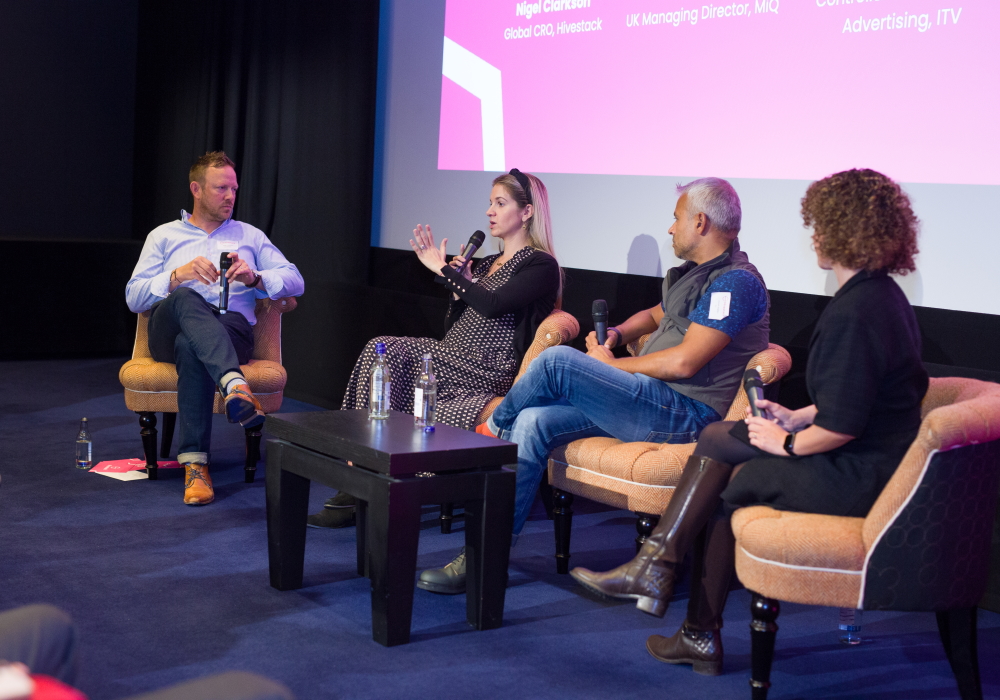
The final panel discussion, moderated by Nigel Clarkson, Global CRO at Hivestack, welcomed a trio of digital veterans to provide Lessons from other programmatic channels that the DOOH industry can learn from.
The main challenges that DOOH can learn from when it comes to programmatic and online channels centre around trust, according to Silvia Sparry, Global Chief Transformation Officer at GroupM Nexus. She said: “It was a chicken and egg problem. To attract premium demand into programmatic, we needed to have premium supply. But the premium supply wanted to see the premium demand. So, that’s something we needed to overcome to prove to advertisers that programmatic is a forum within which they can access good quality supply, and prove to publishers that they can still monetise to a level where programmatic isn’t cannibalising their existing revenue streams.”
Meanwhile, Freddie Turner, UK Managing Director at MiQ addressed how things are coming closer together between traditional and digital channels due to the focus on omnichannel, the desire for flexibility around campaigns, and increased accessibility.
“I think there are three main elements to why the playing field is being levelled between the traditional channels and the digital channels. Hopefully, people stop talking about the dichotomy between the two, and it’s more one, holistic view,” said Turner.
Despite the focus being on what DOOH can learn from other programmatic channels, Jay Rajdev, Controller of Advanced Advertising at ITV also wanted to point out that there are channels learning from OOH too, especially in terms of accessibility.
“We have our own self-service programmatic platform now in Planet V, which is groundbreaking for any broadcaster…. 1,600 TV buyers are now using this,” Rajdev explained. “That accessibility piece is really important for us because, rather than just making our inventory available to the top 20 media agencies with a big deal… We’ve got small little digital agencies in Newcastle. We’ve got a gas fitter in Glasgow. We’ve got a cinema in Lowestoft. All advertising on ITV… So, what’s been a mainstay of out-of-home advertising – that regional accessibility – is a completely new space for us.”
So, DOOH is heading in the right direction, and already has solid foundations to build off, on its programmatic journey. And, using the tips and insights provided during Hivestack’s UK summit, the industry should be well on its way to achieving the ‘ambitious, yet achievable,’ goal of programmatic making up 10% of DOOH ad spend by the middle of 2023. We’ll be sure to keep a close eye on whether that comes to fruition!


